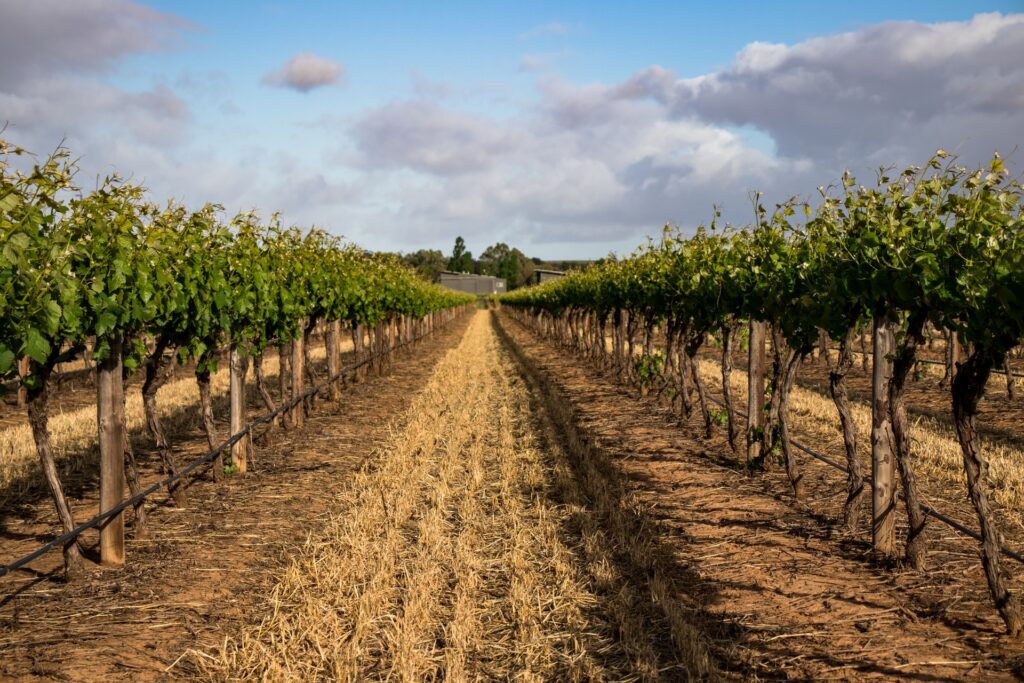What Are Tannins in Wine?


Tannins are naturally occurring compounds found in grape skins, seeds, and stems — as well as in oak barrels used for aging wine. They belong to a group of substances called polyphenols and are responsible for the dry, astringent feeling you get in your mouth when drinking certain wines, especially reds.
Where Do Tannins Come From?
Grape skins and seeds: Red wines have higher tannin levels because they ferment with the skins.
Oak barrels: Aging in oak can add soft, rounded tannins to the wine.
Winemaking choices: Longer skin contact and certain grape varieties (like Cabernet Sauvignon, Nebbiolo, or Syrah) lead to more tannic wines.
What Do Tannins Do?
Add structure, complexity, and aging potential.
Balance fruitiness and acidity in the wine.
Influence the mouthfeel (tannins can be smooth, firm, or harsh).
Pairing Tip:
Tannic wines pair well with protein-rich foods (like red meat or aged cheese), which soften their intensity and create a smooth, rich experience.